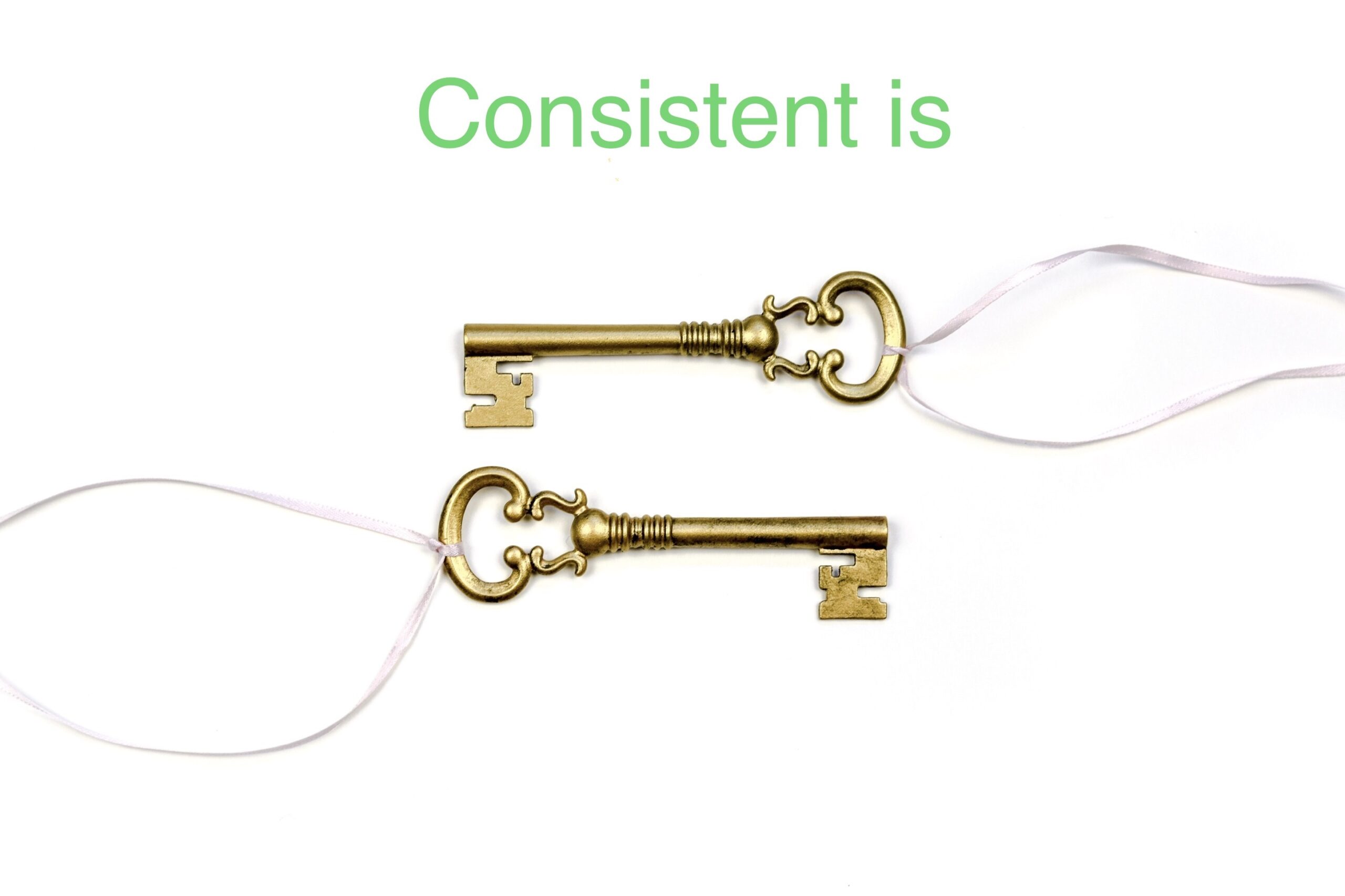
Imagine your team are able to make the right decisions and only need you for confirmation. Imagine your team giving you reports, delivery exactly when and how you want them. Imagine your team communicates with you exactly how you expect them to and prioritize them as you would have. Impossible? No. Easy to achieve? No. But it can be done through consistent leadership.
Leadership consistency is important to provide to the team. Leaders needs to set a culture of understanding expectations. If team members need not ask what the right decision is, yet can determine based on previous experiences and decisions made by the leader, the leader built the right culture for success and sustainability. But how is that done? How can consistency be built?
Consistency is not quite as simple as one may think. As humans, we live, behave, interact with emotions. When in a pleasant mood, we tend to be more generous. When in a poor mood, we tend to be more critical. It is difficult for most of us to control our emotions and to be consistent all the time. Therefore, it is quite common that leaders made decisions based on their current emotion and state of mind. This tends to lead to different decisions made for similar situations, leading to inconsistency and lack of direction. Not being able to understand their leaders, the team will obviously need more attention and will be constantly seeking for decisions to be made. While this gives the leader more control, it is not sustainable.
Being a consistent leader doesn’t mean making the same decision each and every time, even on the same exact issue. Let’s take a simple example of an employee asking to have an extra 30 minutes for lunch. If a leader says “yes” one day, it doesn’t mean the leader is inconsistent for saying “no” the next. The issue and consistency here isn’t the extra 30 minutes for lunch, but the context in which the decision needs to be made. If the leader sense that the employee is over worked, needs to handle a personal emergency, or something that warrants the extra time needed, the extra time needed will be obviously approved. If the extra time requested is not justified or falls below other priorities, the obvious decline would pursue. Once the team members attain this understanding of consistent decision making process from the leader, request for extra break time would not be requested without good reasons. Basically, the team would decide on their own when it’s really needed for extra break time, knowing that they will be approved for the request because their reasoning are in line with the expectations and that their requests is more of a communication and confirmation rather than a request for decision.
While the break time example may be simple, the concept of it is key and applies to issues such as consistency, honesty, integrity and empathy. (Sorry, I had to slip that in there) It also holds true to all other issues such as quality, communications, efforts and all else.
In order to be a consistent leader, you must take time to determine where your values and priorities are. We know that leadership styles are not one size fits all and that we are all different as individuals, you must take the time to figure out who you are as a leader. Take time to reflect on your own where you personally stand, what and how you want others to perceive you as a leader.
What type of a leader are you?
Are you a fun leader, a strict leader, a friendly leader, or an all business type of a leader? Know yourself and be who you are consistently. If you have an all business type of personality, but you want to be a fun leader, think about it seriously. You typically would want to be who you are and not who you think you want to be. Your style must be sustainable to you, meaning you must be able to consistently be that style. If you want to be fun, you must be consistently fun, otherwise, when your team may not know what to expect from you, as you will be hot and cold unexpectedly.
Where do you stand on quality?
Leaders never should compromise on quality, but there is a difference in quality based on your business objectives. Take for example quality expectation from McDonald’s, a fast food restaurant for cheap hamburgers. The expectation is that the food is prepared at a minimal acceptable level and the wrapping of the hamburgers doesn’t have to be wrapped beautifully and perfectly. It would not make sense for McDonald’s leadership to have the perfectly presented display of McDonald’s hamburger, but it is absolutely expected that all hamburgers includes all the ingredients exactly the same way each time.
What is your communication style?
Are you a no nonsense type of leader that prefers only to discuss work and business or are you an open leader who talks business but also makes time to be social? Do you prefer communicating verbally, via email, messaging or over the phone? Maintaining a clear and consistent communication style with your team will lead to a lot less miscommunications. Your team will know exactly where and how to send you information and get your feedback efficiently.
How do you deal with adversities and crisis?
Regardless of how well you deal with challenges, it is imperative for your team that they know what to expect from you in times of adversities. When in crisis mode, taking a way the uncertainty of your reactions gives your team a head start in dealing with the issue. They need not worry about your response, and can just focus on communication and resolution to the issue.
How do your team communicate and work with you?
As a leader, you may likely be loaded with many responsibilities and roles simultaneously. You cannot be expected to always be present sitting alongside your team all the time. Letting the team know when and how you can be reached will makes the working and communication effort much more efficient.
Take the time to discover yourself, who you are as an individual and as a leader. Understand what you can do and how you can perform as a leader that is sustainable for both you and your team. Be consistent in your actions, reactions, and decision making process and it will help you and your team be much more efficient. Don’t try to be someone you’re not, even though it’s what you want others to perceive you. If it’s not who you truly are and is not sustainable, it will only cause confusion and uncertainty. Figure out who you are and be that consistent leader.
Photo by: Marci Angeles
Denny Nguyen, a veteran IT leader and experienced operational manager with 15+ years working in the software and software related service industry. Currently, Denny oversees global operations of LogiGear including IT infrastructure and services, and facility worldwide and marketing and business development for the APAC region.
Started out as a test engineer, Denny has excelled his career into project management, IT management, account management, customer relation management, and marketing and sales management. In 2004, when LogiGear began to establish its present in Vietnam with two Software Testing & Research centers in Saigon and the third center in 2009 in Danang, Denny was instrumental and the key leader who was chartered to build out the entire foundation and infrastructure for LogiGear to grow for the next twenty years.
Thank you


Rất hay và ý nghĩa
Hello Chau,
Xin chân thành cảm ơn bạn đã đóng góp ý kiến. Chúng thực sự được đánh giá cao. Tôi hy vọng sẽ nghe nhiều hơn những suy nghĩ và kinh nghiệm của bạn.